Whenever Sema Genç enters a room, the first place she looks is the ceiling: Would it hold up in an earthquake, or would she be trapped under the rubble again?
“That fear is always with you,” said the 34-year-old, whose home in Antakya, in southern Hatay province collapsed on top of her in a 7.8 magnitude quake that devastated swathes of southern Türkiye in the early hours of Feb. 6, 2023, killing her entire family.
“They got up and I woke up when they opened my door. Suddenly the building collapsed. I was caught in my bed, but they were directly under the debris in the corridor. They died within minutes,” said Genç, who works for an NGO helping Syrian refugee children.
Trapped under the rubble, her legs crushed and scalded by boiling water from a broken radiator, she spent 36 hours screaming for help before someone came to the rescue.
“It wasn’t the earthquake but the destruction of our home that took my whole family from me. I feel really angry with those who built it,” she told Agence France-Presse (AFP).
The powerful quake and its multiple aftershocks wreaked havoc, leaving 53,725 people dead and 107,000 injured.
It razed 39,000 buildings and left another 200,000 severely damaged, figures from Türkiye’s Disaster and Emergency Management Authority (AFAD) show. Nearly 2 million people were left homeless.
No place was worse hit than Antakya, the site of the ancient city of Antioch, where 90% of its buildings were lost and more than 20,000 people died in the town and the surrounding Hatay province that borders northwestern Syria.
Although countless tons of rubble have been removed, parts of the historic center still look like a war zone.
Elsewhere wide expanses have been cleared for construction, transforming Antakya into a vast sprawling building site, its ancient skyline marked by a tangle of cranes and an ever-present haze of dust.
“It’s been a really long wait but of course, the city was demolished,” sighed Atilla Çiçekçi, a 57-year-old father-of-three standing in his family’s makeshift encampment built around a 21-square-meter container.
He’s applied for the government draw to get a home built by the Türkiye’s Housing Development Administration (TOKI), but his number has not yet come up.
“All the new construction makes you hopeful and it’s good they’re working fast, but we just want a place to shelter.”
TOKI architect Deniz Eskiocak, who is overseeing the construction of 482 apartments and 24 commercial units within a year, said their 324 builders were working round the clock to get everything done.
“I have to make it happen quickly while ensuring that all the right procedures are followed so it’s safe. We have poured a lot of concrete at 2 or 3 am,” she told AFP at the massive construction site.
By Jan. 26, 2025, the Environment, Urbanization and Climate Change Ministry said it had handed over 201,580 homes and businesses across the quake zone, promising a total of 453,000 by the year’s end.
Under scrutiny
The construction is drawing scrutiny from still-homeless survivors who by the end of October still numbered 670,000 living in 218,000 containers, AFAD figures show.
“The hardest thing is making them stay away from the construction sites because it’s dangerous. They want to see even the smallest jobs being done to ensure everything is done right,” said Eskiocak.
One of those was Genç, the NGO worker rescued from the rubble.
She spent five months in a hospital and underwent seven reconstructive operations before moving into a container.
Eventually, her name was drawn for a place and in November, she moved into the newly built Gülderen estate located on a once-empty hillside north of Antakya.
“Maybe if I’d moved in without seeing the construction phase, I might have had doubts. But we saw with our own eyes the concrete, how much steel was used to build it, and how the foundation was properly laid,” she told AFP in her fourth-floor apartment.
“Maybe if this earthquake hadn’t happened, nobody would have paid that much attention to the construction of a normal building. But now everyone is looking to see if we’ll be able to live safely.”
Earthquake proof?
The collapse of so many buildings in one of the world’s most earthquake-prone areas pointed to the greed of unscrupulous developers and some officials who rubber-stamped unsafe projects on unsuitable land with substandard materials, experts say.
Mustafa Arslan, TOKI’s chief engineer in Hatay province, said showing people their buildings that withstood the quake had done a lot to increase public confidence.
“Whether it’s the diameter of the reinforced steel bars, the quantity used or the class of concrete, it all passes certain inspection mechanisms,” he told AFP on the Gülderen estate.
“If there’s a new earthquake, we’re confident these homes will stand.”
A few weeks after Genç moved in, there was another pre-dawn earthquake, albeit a “small” tremor measuring about 4.5.
“It was what we were most afraid of when we came here. At first, we were scared, but when we got up, we realized it was OK,” she said.
“This place gives me confidence,” she smiled, banging her fist on the walls.
“Here I feel really safe.”

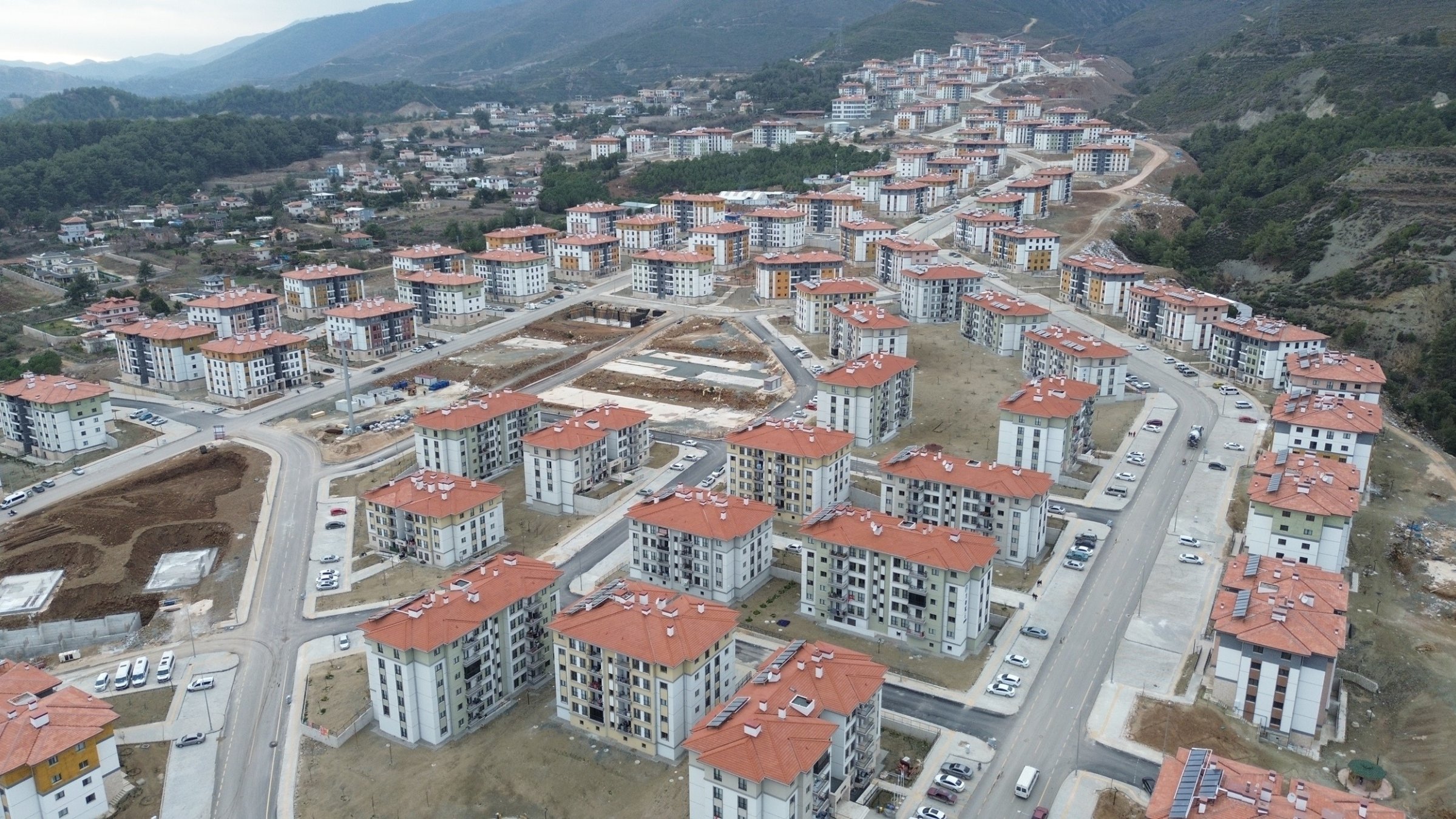
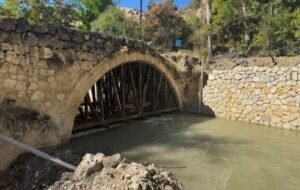

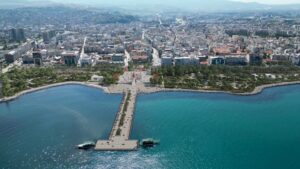

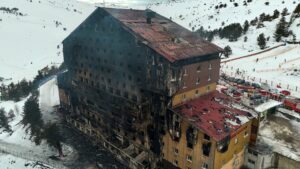


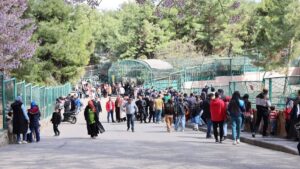



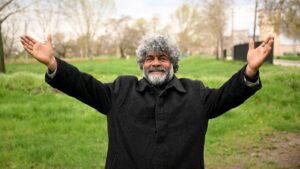

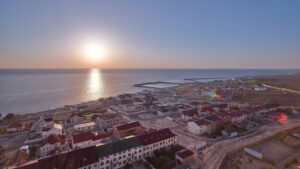



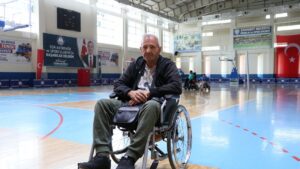








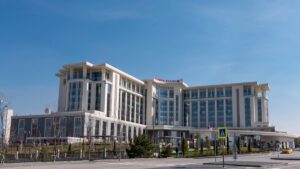



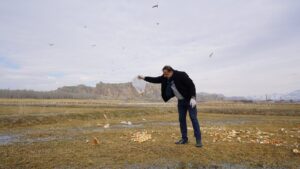














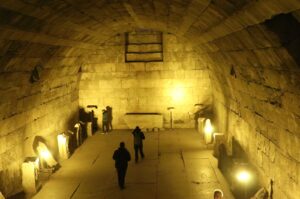

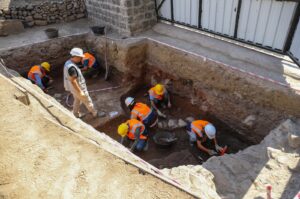


Be First to Comment